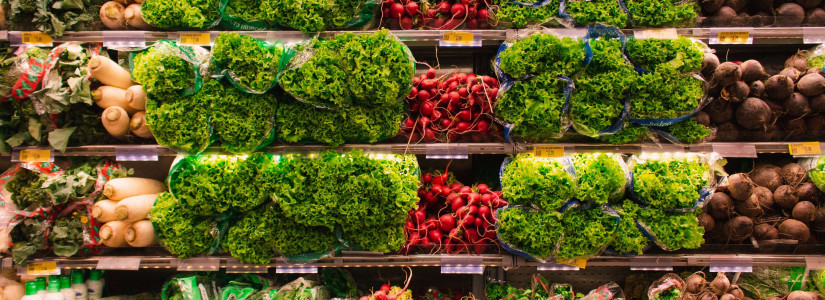The Future of Food Stamps: What Changes Are Coming and What You Need to Know
For over six decades, the United States food stamp program has provided long-term assistance to families and individuals, granting them access to food. As one of the largest public aid programs in America, it helps the needy with secure healthy meals for themselves and their loved ones. Recently, various options have been suggested to revise and modernize the program with potential effects on both current food stamp recipients and those aiming to benefit in the future.
What Are the Implications for Current Recipients?
To qualify for food stamps, individuals must fulfill specific requirements such as having a low income or falling beneath the poverty line. Every state has its rules and regulations regarding eligibility criteria for essential services. With the recently proposed changes, no one is sure how this will influence those who already depend on these benefits. Existing recipients could lose their assistance or face stricter requirements if they decide to reapply for them.
Revamped Food Stamps Guidelines Offer New Opportunities for Qualified Participants
An impactful amendment to food stamp programs is the alteration regarding Able-Bodied Adults Without Dependents (ABAWDs). A demographic fitting these criteria is people between the ages of 18 and 49, free from disabilities and not having minor children in their care. In the past, ABAWDs had to work at least 20 hours each week or participate in a job-training program to be eligible for food stamp benefits. Nevertheless, the government suspended this requirement due to Covid-19. However, some states have started reintroducing the rule.
An additional alteration to the food stamp system is in the process, which would adjust how benefits are determined. Presently, assistance for groceries is calculated based on a household's income and expenditure with deductions for things like housing and other essential requirements. If this change goes as planned, these advantages will result in specific households getting less sustenance support.
These changes could lead to favorable results such as greater various food items available through SNAP benefits and an increase in access to resources. Furthermore, there are talks about motivating healthier dietary habits by providing more reachable prices on fresh produce while raising the price tag on unhealthy snacks like candy bars or chips.
Individuals living in areas of high unemployment or with inadequate job skills face a significant challenge in meeting the new work requirement. Furthermore, this transformation of the calculation of the benefits could increase poverty and hunger due to households receiving less aid than before. Critics emphasize that the already meager SNAP benefits, with an average of around $125 per month for households, face a reduction. It’ll only lead to greater food insecurity and poverty among those living on limited incomes.
Overcoming the Obstacles of Introducing Reforms
Instigating changes to a considerable public assistance program is not free of obstacles. It revolves around the cost associated with enacting these reforms, which may necessitate supplemental funding from municipal governments or other fiscal outlets. With the introduction of food stamps, there is a lingering worry as to whether this will lead to nutritious diets among recipients.
After all, it can be challenging for some people to get their hands on healthier items when they don't have access to certain stores. Furthermore, any new policy in this area would require backing from state governments and local businesses willing to accept food stamps as payment before putting it into practice.
Key Information You Shouldn't Miss
As a food stamp recipient, you must know the changes to the program and their effects. Specifically, there is now a requirement for at least 20 hours of work per week or enrollment in job training as conditions for continued benefits, especially the ABAWDs. If this does not apply to your situation, stay informed and advocate for what best meets your needs.
It's worth noting that the modifications to food stamp programs may not be permanent. The government could further change the program depending on shifts in politics and economic standings. Therefore, you should remain updated with recent news and advocate for social safety net services to assist low-income households.
As changes to food stamps loom, everyone must keep up-to-date about the proposed modifications. Some say that these will encourage employment and discourage cheating. Others are worried they could exacerbate poverty and malnutrition. For those who rely on food stamps, it's essential to be vocal in defending their interests. Citizens should all strive to learn more about social welfare policies to fight for natural justice for low-income families.

















